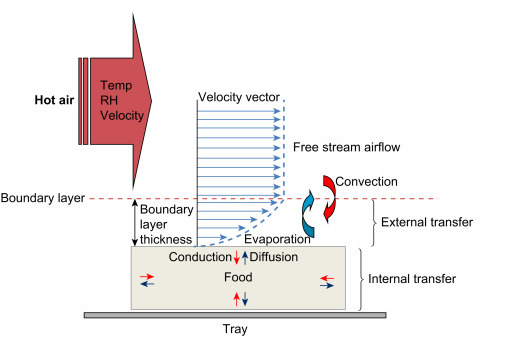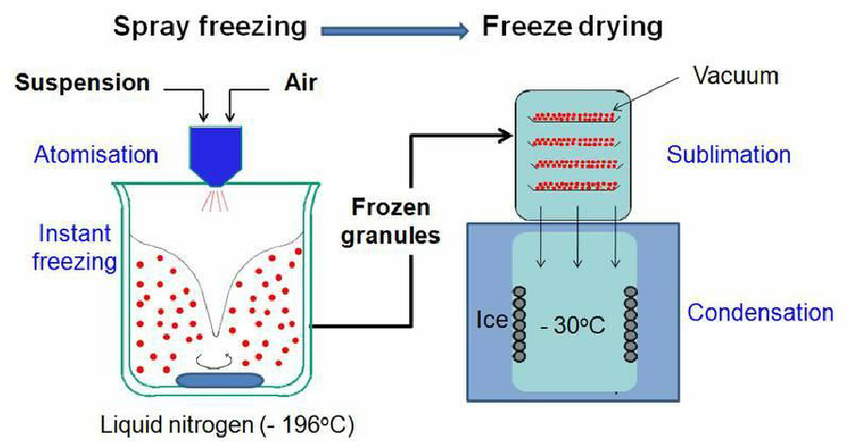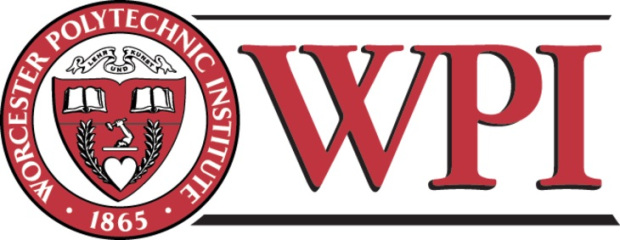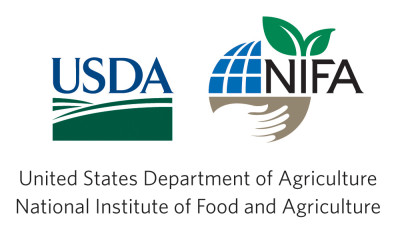The drying process involves partial removal of moisture from a food polymer matrix through a phase change (evaporation or sublimation). The energy for the phase change is supplied by convection, conduction, and/or radiation, with the later including volumetric heat generation by microwave or radio frequency fields. The energy consumed in drying (4,000 to 6,000 kJ/kg), however, is always higher than the energy required for phase change of free water (2,285 kJ/kg at 100oC) because the enthalpy of evaporation of water inside a food matrix is higher than the latent heat of free water. That is due to bonding or interactions between water molecules and the food matrix, especially at intermediate and low moisture contents. A noted dilemma in food drying is that thermal energy is needed for removing moisture from a food, but heating food will trigger a spectrum of quality degradation events. Consequently, food drying is often accompanied by quality degradation. This is compounded by the fact that at relatively low moisture content (i.e. falling rate period), the energy demand for removing moisture is higher; the heat transfer across the food matrix becomes less effective due to the higher resistance of the low moisture region to heat transfer, and the evaporative cooling (EC) is diminished, thus the protective effect due to EC is reduced. Prolonged exposure of food to elevated temperature for drying it (to water activity of <0.60) not only increases energy consumption but also unavoidably aggravates food quality losses. It is a grand challenge to engineers and food technologists to attack these two interconnected problems in food drying.
Over the years, numerous drying methods have been proposed and developed with a goal of minimizing quality degradation and/or improving energy efficiency. Efforts were made to develop strategies to enhance heat and mass transfer processes thereby reducing drying time and energy consumption. This can be done by coupling thermal energy directly with moisture inside the food via microwave and radio frequency heating, using infrared energy at a frequency similar to the resonance frequency of water molecules, or by using novel impinging nozzles. A reduction in drying time often results in less quality degradation. To minimize quality losses, drying can be performed to at low temperatures and absence of oxygen as in the case of freeze-drying, vacuum drying, and combined microwave vacuum drying. Nevertheless, all current strategies for drying quality improvement are accompanied by increased drying costs. In addition, newly developed drying methods with improved heat and mass transfer are at the expense of more sophisticated drying systems and higher capital and/or operational costs.
There is a need to develop innovative drying technologies to achieve the dual goal of improving product quality and reducing production costs.
In this project supported by USDA NIFA Foundational Program, Food Manufacturing Technologies program (A1363), we propose to develop two innovative drying technologies to achieve the dual goal of improving product quality and reducing production costs. In this project, the University of Illinois at Urbana-Champaign researchers will team up with research scientists/engineers from Worcester Polytechnic Institute (WPI) and the NSF Industry-University Cooperative Research Center (IUCRC) entitled, “Center for Advanced Research in Drying (CARD)” to develop the drying technologies. To ensure success, we have strategically invited equipment and food companies to join the Alliance for Food Dehydration Technology Innovations to participate in the proposed project.
Drying Technologies







